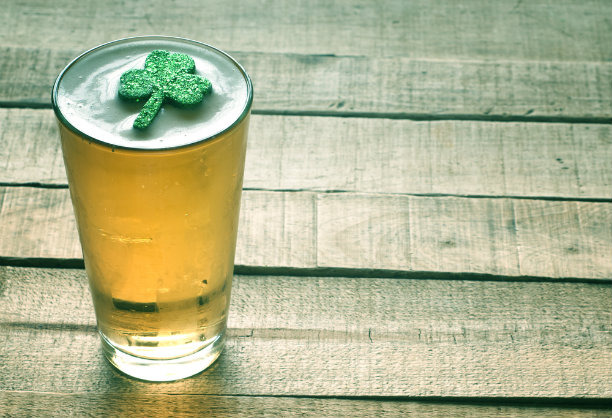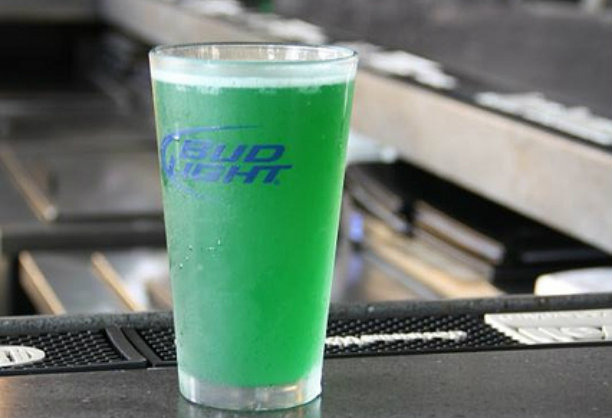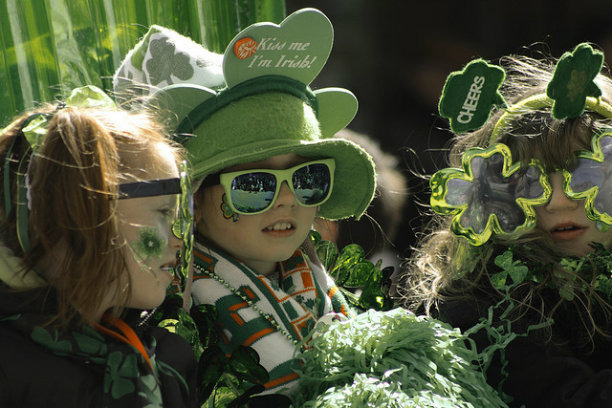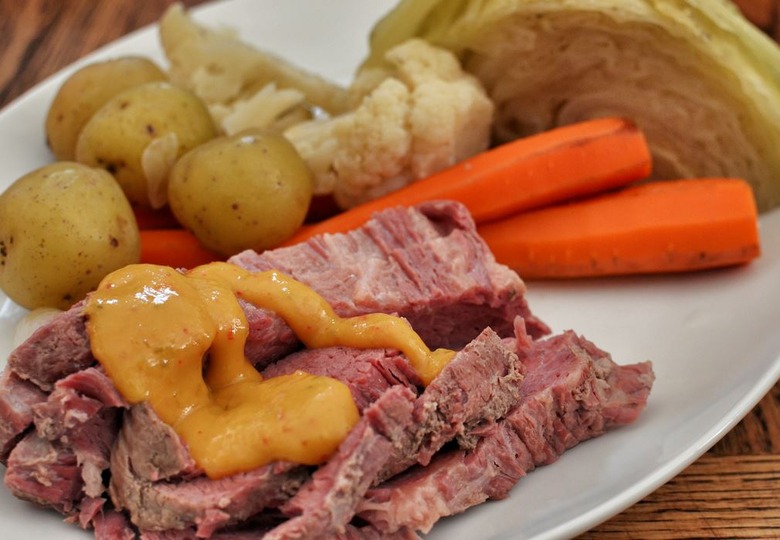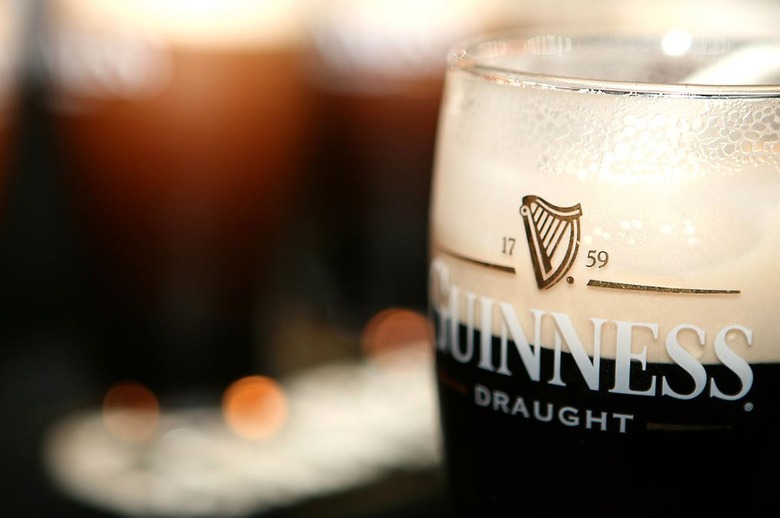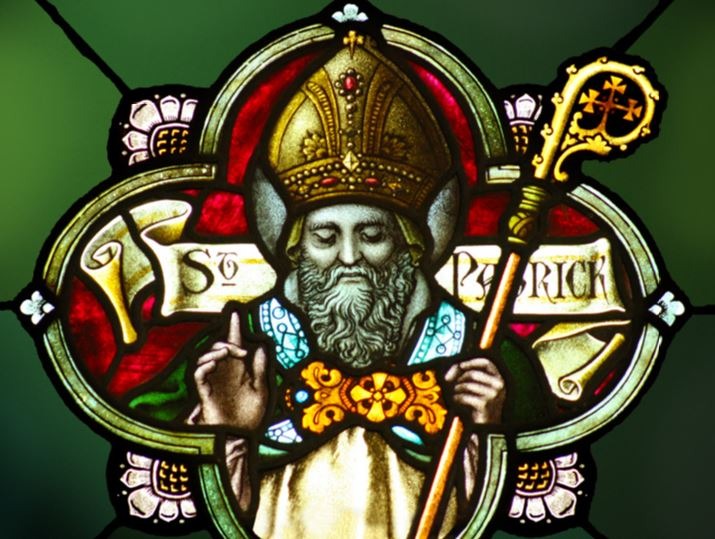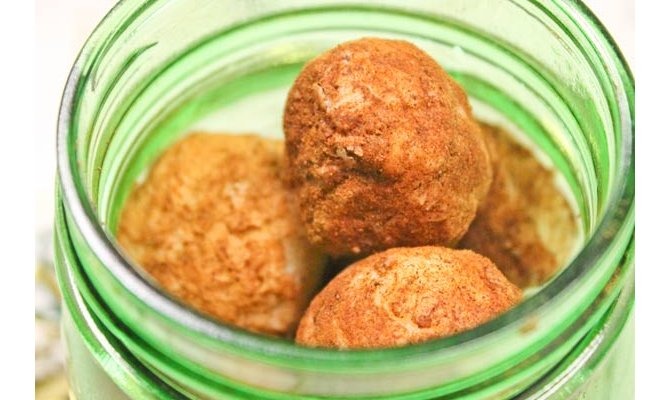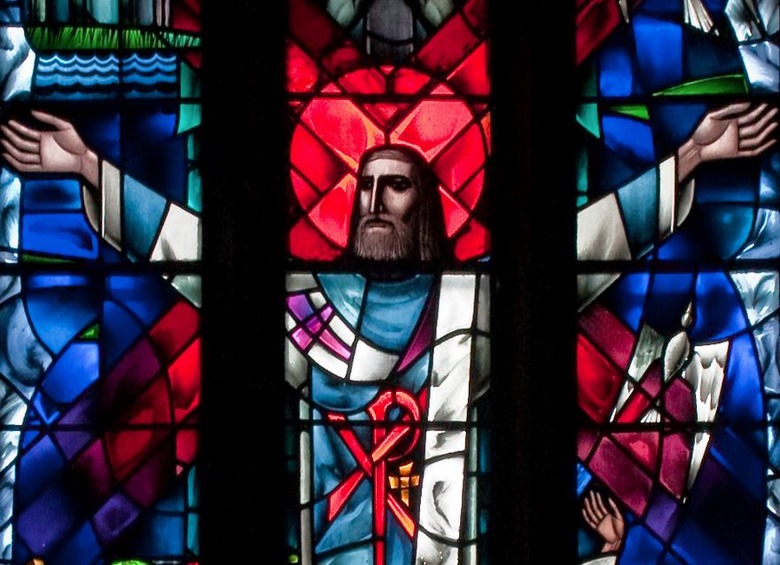10 Things You Didn't Know About St. Patrick's Day (Slideshow)
Drinking is a big part of St. Patrick's Day, but sometimes drinking can bring you good luck, not just a hangover. All it takes is a little foliage in your drink. The phrase "Drowning the Shamrock" comes from the custom of floating the shamrock in your whiskey before downing it. The Irish believe that if you do this, you will have a prosperous year. So how about another whiskey?
Green Politics
Green wasn't Saint Patrick's color. He was more of a blue guy. As St. Patrick's Day shifted from just being a religious holiday to a day celebrating Ireland's history, colors associated with March 17 turned green. On March 17th, during the Irish Rebellion of 1798, an uprising against British rule in Ireland, Irish soldiers wore green uniforms as a political statement.
Green Food Coloring
Green is everywhere from early March until after St. Patrick's Day regalia is long gone. We eat green foods and even drink green beer. But that green food coloring can be doing you harm. There have been studies that have linked food coloring to headaches and cancer in lab animals, though you would have to drink much more dye than is found in the beer to cause health problems. So let the green beer flow!
Public Holiday
People across the globe commemorate the Irish cultural pride holiday, but St. Patrick's Day is an official public holiday in only three places — Ireland, the Canadian province of Newfoundland and Labrador, and Montserrat, the Caribbean island nation founded by Irish settlers. It all makes sense. But what gets confusing is March 17th in Montserrat also is the anniversary of a failed slave uprising.
Beef is What’s for Dinner
St. Patrick's Day is usually thought of as more of a drinking and dancing day, than a heavy eating day. However, in 2009 about 26.1 billion pounds of beef and 2.3 billion pounds of cabbage were produced in the United States. That's a whole lot of corned beef and cabbage!
Drink Up
St. Patrick's Day has become known as a drinking holiday, whether it is a pint of the Irish classic dark stout Guinness or a paler ale at the local pub. So much so that one percent of the world's annual beer consumption happens on St. Patrick's Day. That's about 528 million gallons or 4.2 billion pints!
Paddy’s No Patty
We've all seen it in those mass texts or scrawled on a homemade banner: "Happy Saint Patty's Day!" But the truth is the Irish nickname for Patrick is "Paddy," and Patty is a woman's name. Saint Patty's Day is really in August, celebrating Saint Patricia, the patron saint of Naples.
Potato Candy
Many of the things we eat on March 17 have not always been associated with St. Patrick's Day fare. For instance, we gorge on corned beef and cabbage when in the past celebrators ate Irish bacon. Other foods have also become traditional for the holiday, like Irish Potato Candy. The little candies made with cinnamon, coconut, and cream cheese pay homage to the devastating Great Hunger from 1845 to 1852 that left more than one million dead.
Jaw Dropping
It is said that Saint Patrick died at Saul, Downpatrick in Ireland on March 17, but the year is uncertain with dates ranging from 460 to 493. After his death, his jawbone was preserved in a silver shrine. This relic was often sought after at childbirth, during epileptic fits, and to ward off the evil eye. If only that jaw could talk!
Leap of Faith
Not only is Saint Patrick the patron saint of Ireland and the man who supposedly rid the Emerald Isle of snakes, he is credited with creating the tradition of women proposing to men during Leap Years. As the story goes, Saint Bridget, another patron saint of Ireland, was complaining that women were tired of waiting for marriage proposals from men. Get this — it is also said that Bridget proposed to Saint Patrick, but he refused! Rejected!
